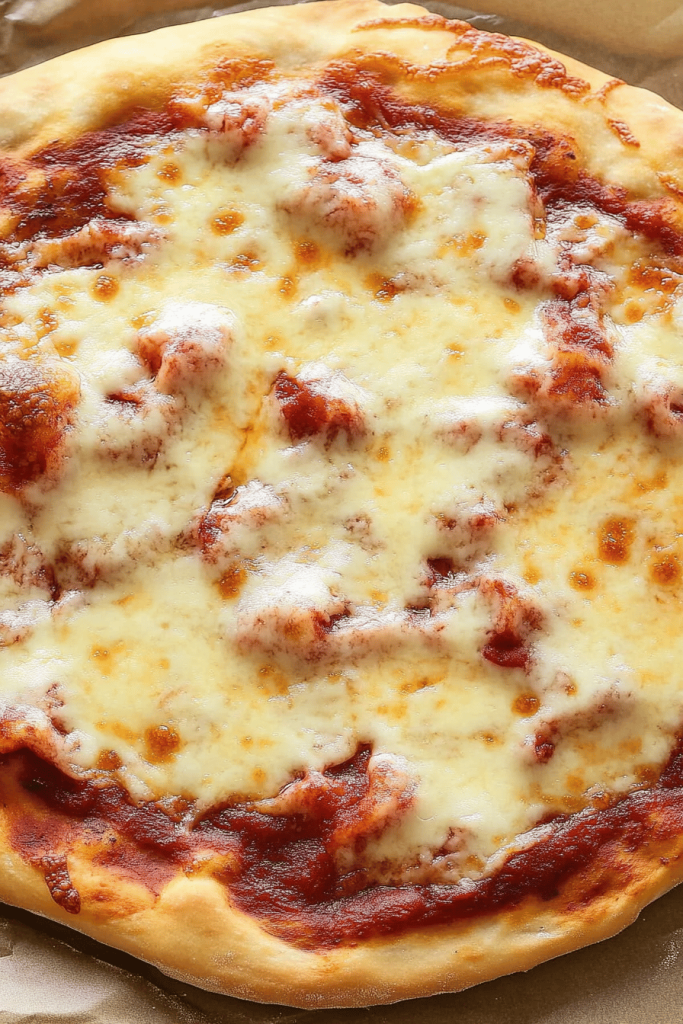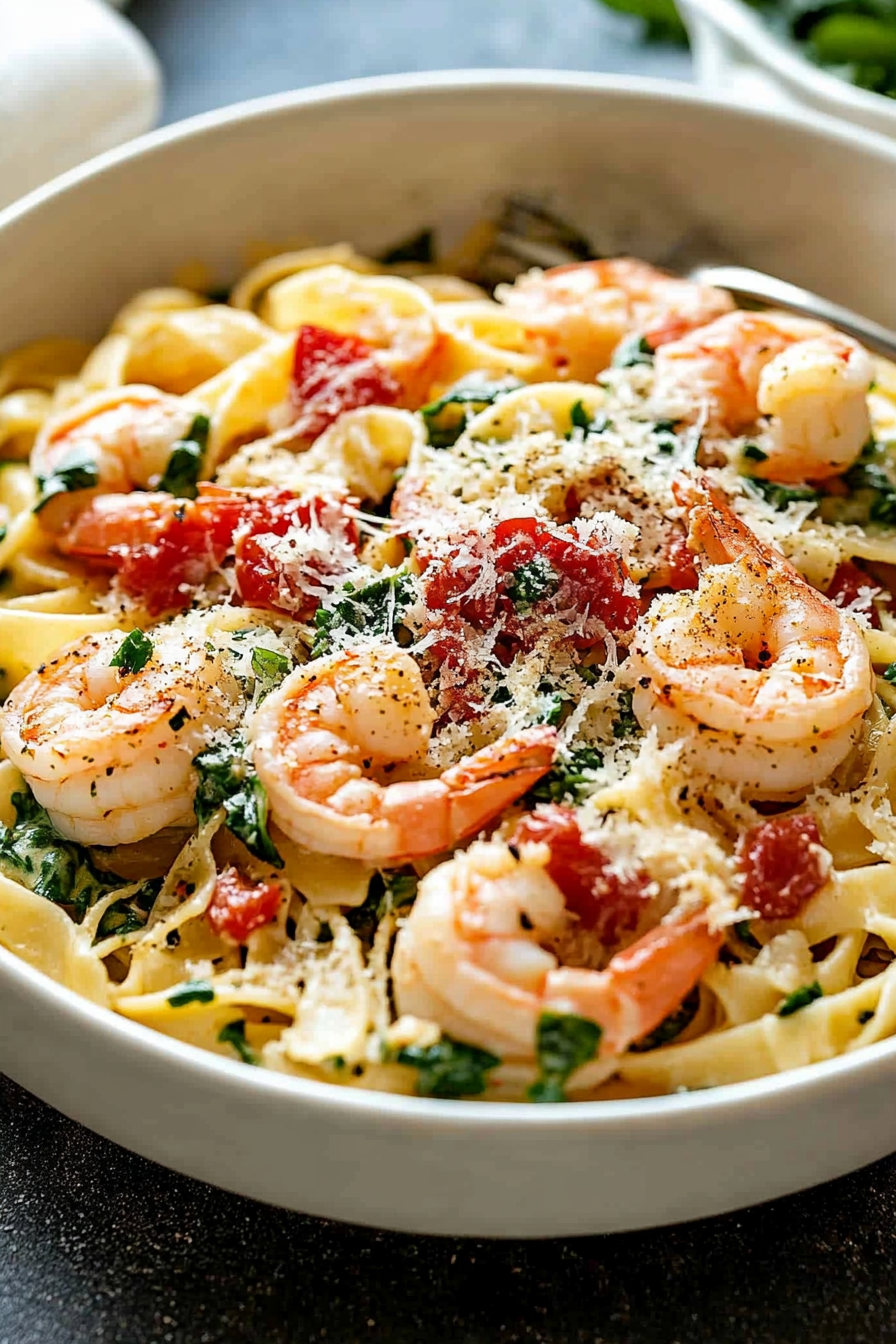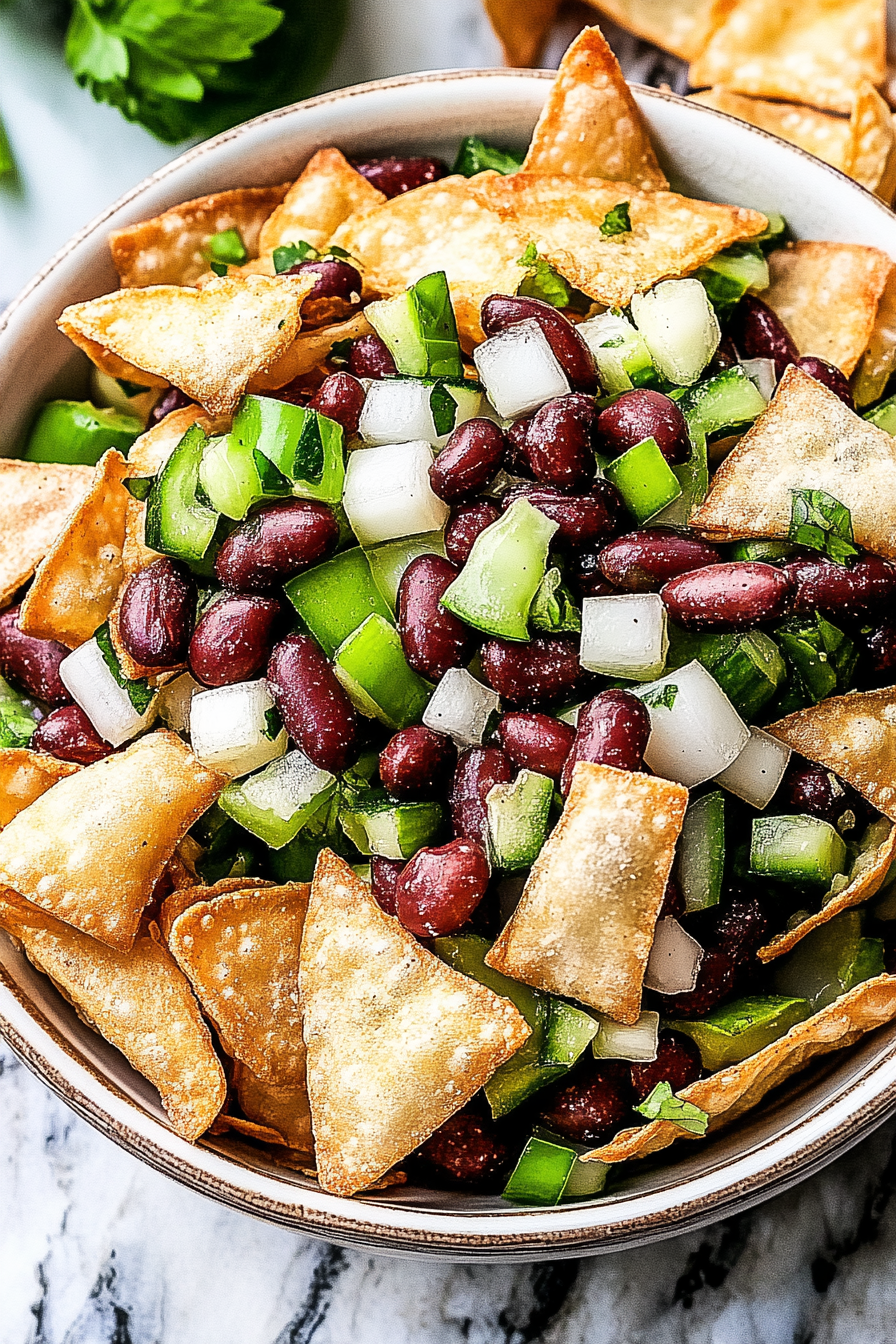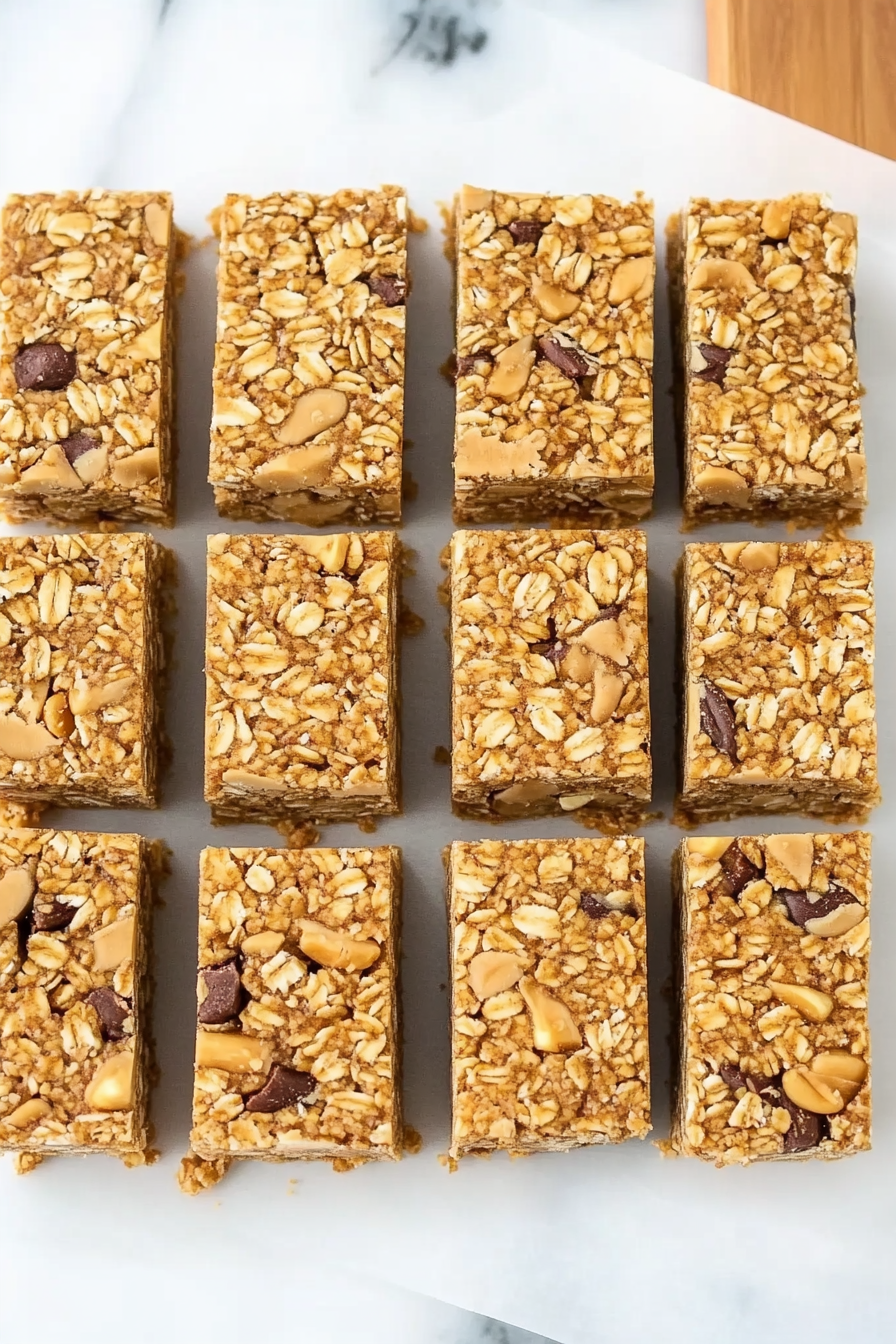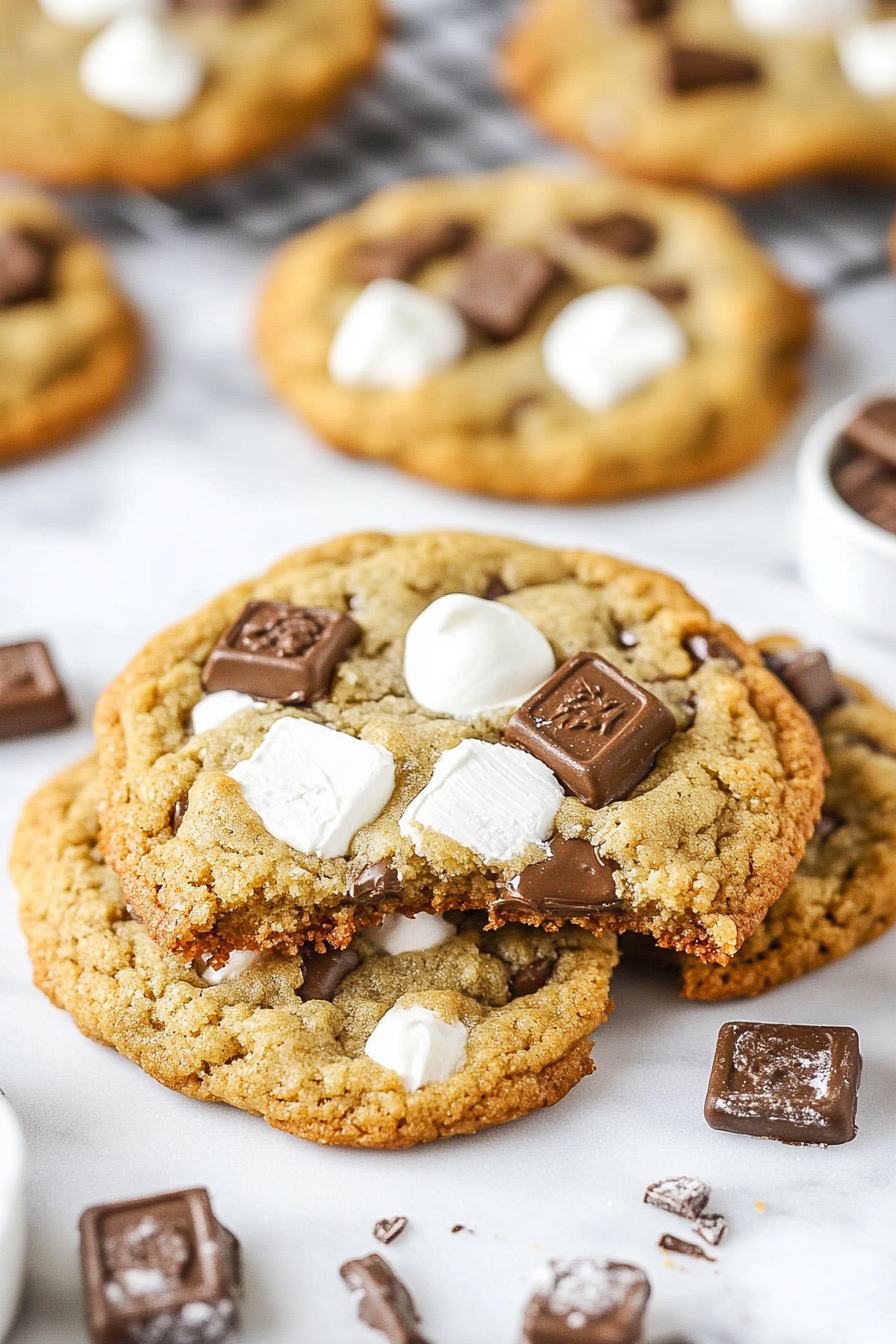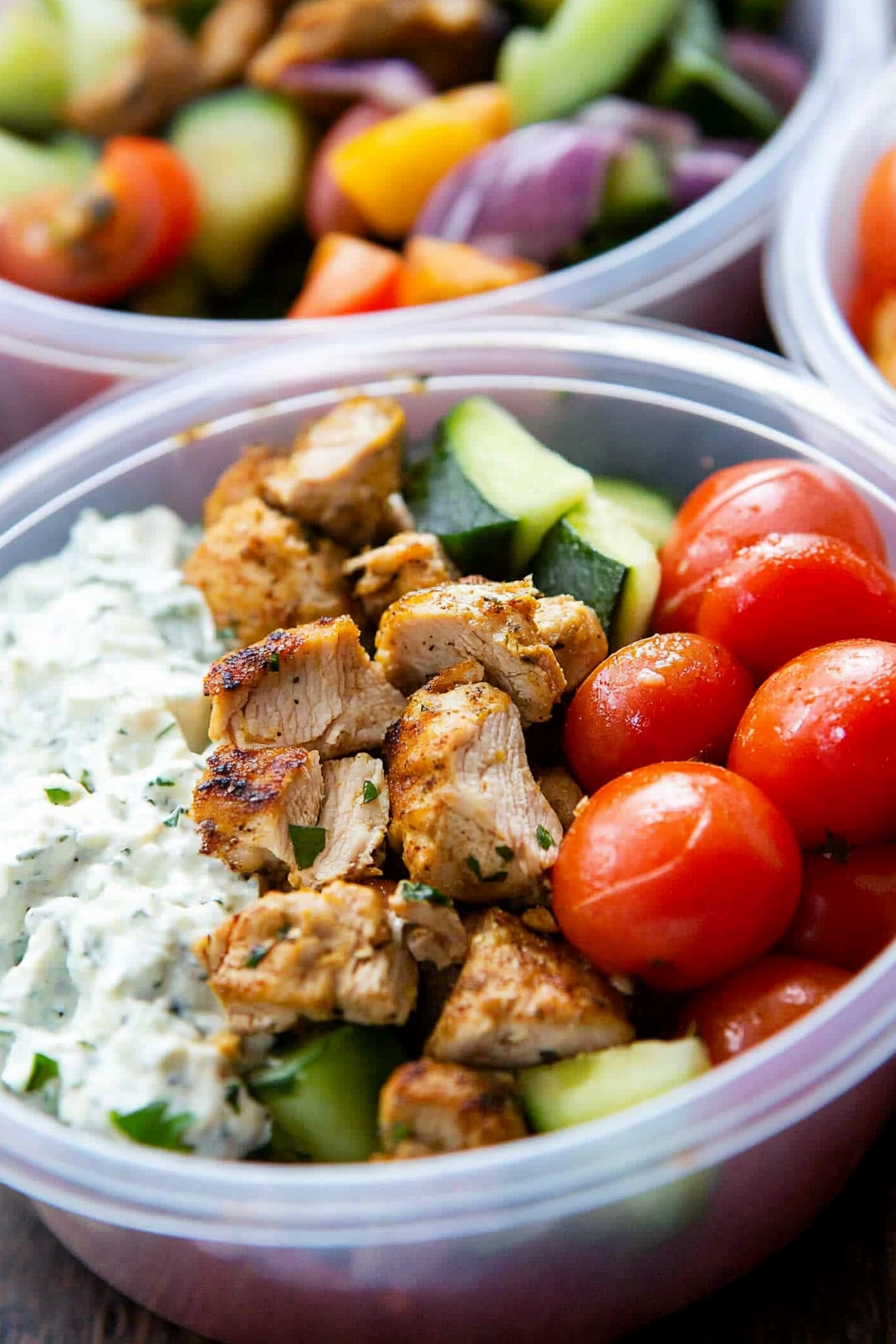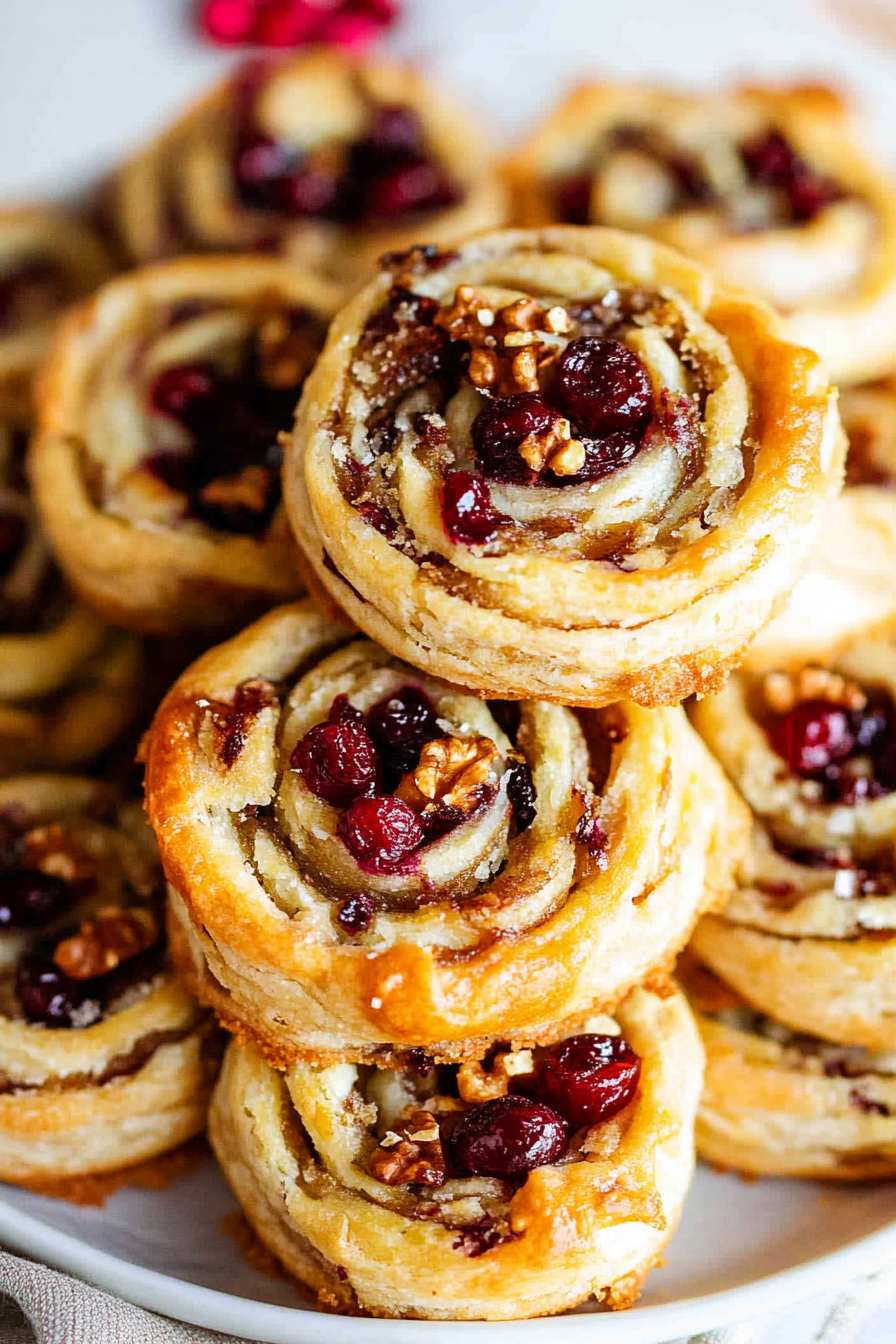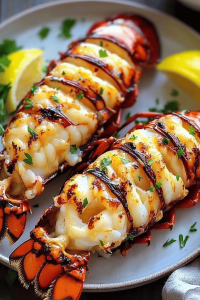Let’s talk about pizza. Remember those nights as a kid, the smell of warm dough filling the house, everyone crowded around and slept around? I’ve been chasing that feeling for years, especially since going gluten-free. What is a good GF pizza dough that doesn’t taste like cardboard? What is the holy grail? If you’ve tried other GF pizza dough recipes and been disappointed, this will change. Is this a game changer? What’s your favorite gluten-free Pizza Recipe? How can I make it at home? My family now prefers this to regular dough. That’s saying something!
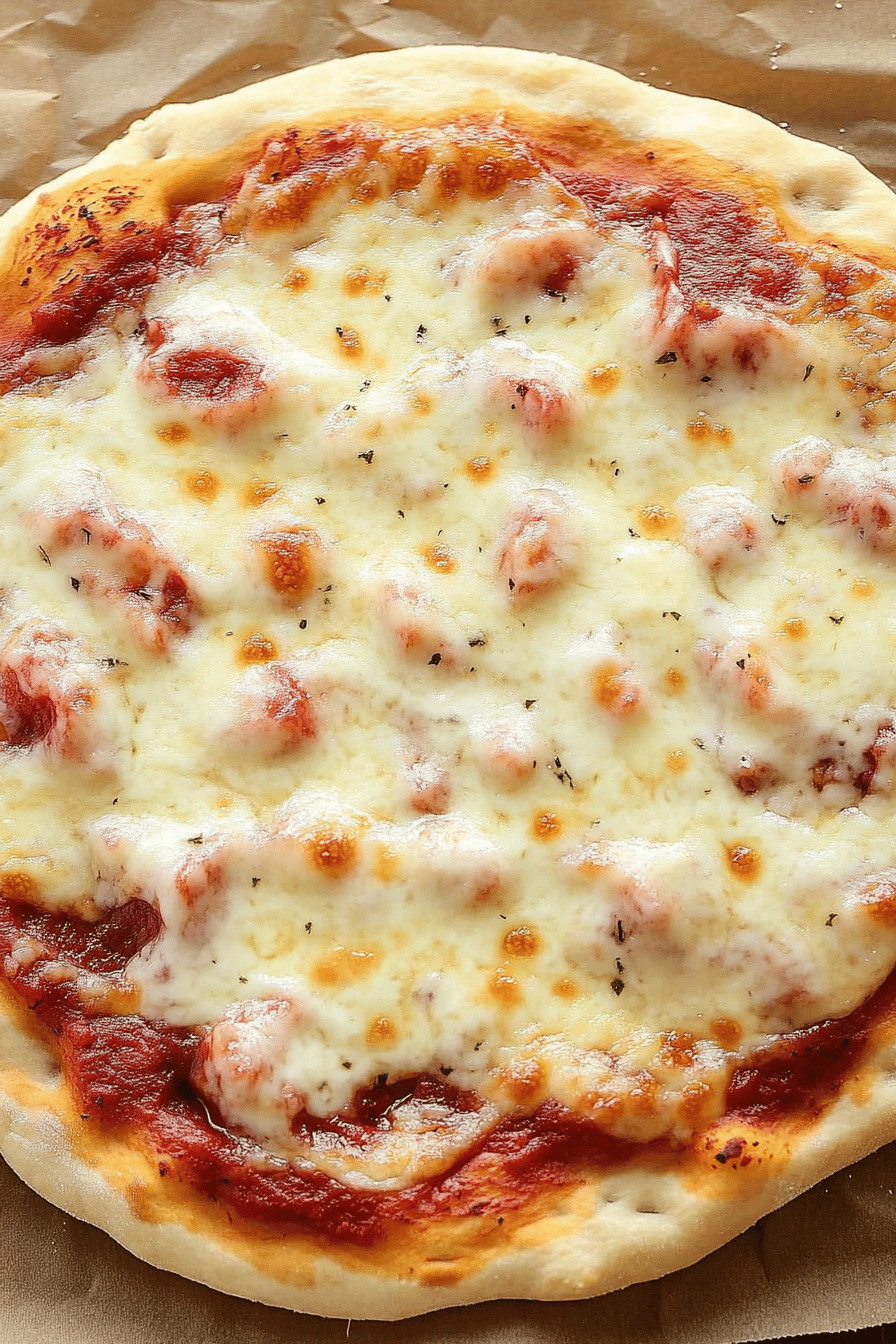
What is gluten free pizza dough?
What is this magical GF pizza dough? What is the gluten in pizza dough? Why is wheat flour so elastic? What is Gluten Free flour? ), binders like xanthan gum or psyllium husk to help hold it all together, and a little bit of sugar. How do I make it rise and bake into a golden crust? Is there any gluten in this pizza? I know it sounds intimidating, but trust me, it’s way easier than you think. Is this recipe foolproof? What is the best pizza you can whip up on a Friday night without any stress?
Why you’ll love this recipe?
How do I make this GF Pizza Dough? First and foremost, the flavor! What do you want from a pizza? What I love most is that it actually tastes like pizza dough, not some weird imitation. My kids ask for it every single week. I have made this with dairy-free cheese, and you could not tell the difference.
Is it surprisingly simple to make? I know gluten-free baking can seem daunting, but this recipe is straightforward and uses ingredients. You can easily find. Is this a good GF recipe? I always seem to have the ingredients on hand, which is a HUGE plus.
Let’s not forget cost-efficiency! How do I make my own GF Pizza Dough? Be honest, are often disappointing). You control the quality of ingredients and save money in the process. I’m all about a budget-friendly win!
What is the best way to use this dough for pizza? What are some of the best calzones, stromboli, breadsticks? I love using this dough for baked goods. It’s my go-to dough. What are some good GF flatbread recipes?
How do I make gluten-free pizza dough?
Quick Overview
What is the easiest way to make GF Pizza Dough? First, you’ll whisk together the dry ingredients. Then, combine the wet ingredients and whisk until smooth. Gently mix the wet and dry ingredients together until just combined. After a quick rise, you’ll shape the dough, add your favorite toppings, and bake to golden brown. The magic of this method lies in the careful balance of ingredients and the gentle handling of the mixture. What is a good gluten-free recipe?
Ingredients
For the Dough:
* 1 12 cups (195g) gluten-free all-purpose flour blend with xanthan gum (I prefer Bob’s Red Mill). 1-to-1 Baking Flour)
* 1 teaspoon salt (sea salt is my preference)
* 1 teaspoon sugar (just a pinch to help activate the yeast)
* 2 14 teaspoons (1 packet) active dry yeast (make sure it’s fresh!)
* 1 cup (240ml) warm water (about 110°F – not too hot, or it’ll kill the yeast)
* 2 tablespoons olive oil (adds flavor and helps with texture)
* 1 tablespoon apple cider vinegar (this is my secret weapon for a chewier crust!)
Optional Extras:
* Cornmeal for dusting (helps prevent sticking and adds a nice texture)
* Herbs for flavor (Italian seasoning, garlic powder, or dried oregano are great choices) *
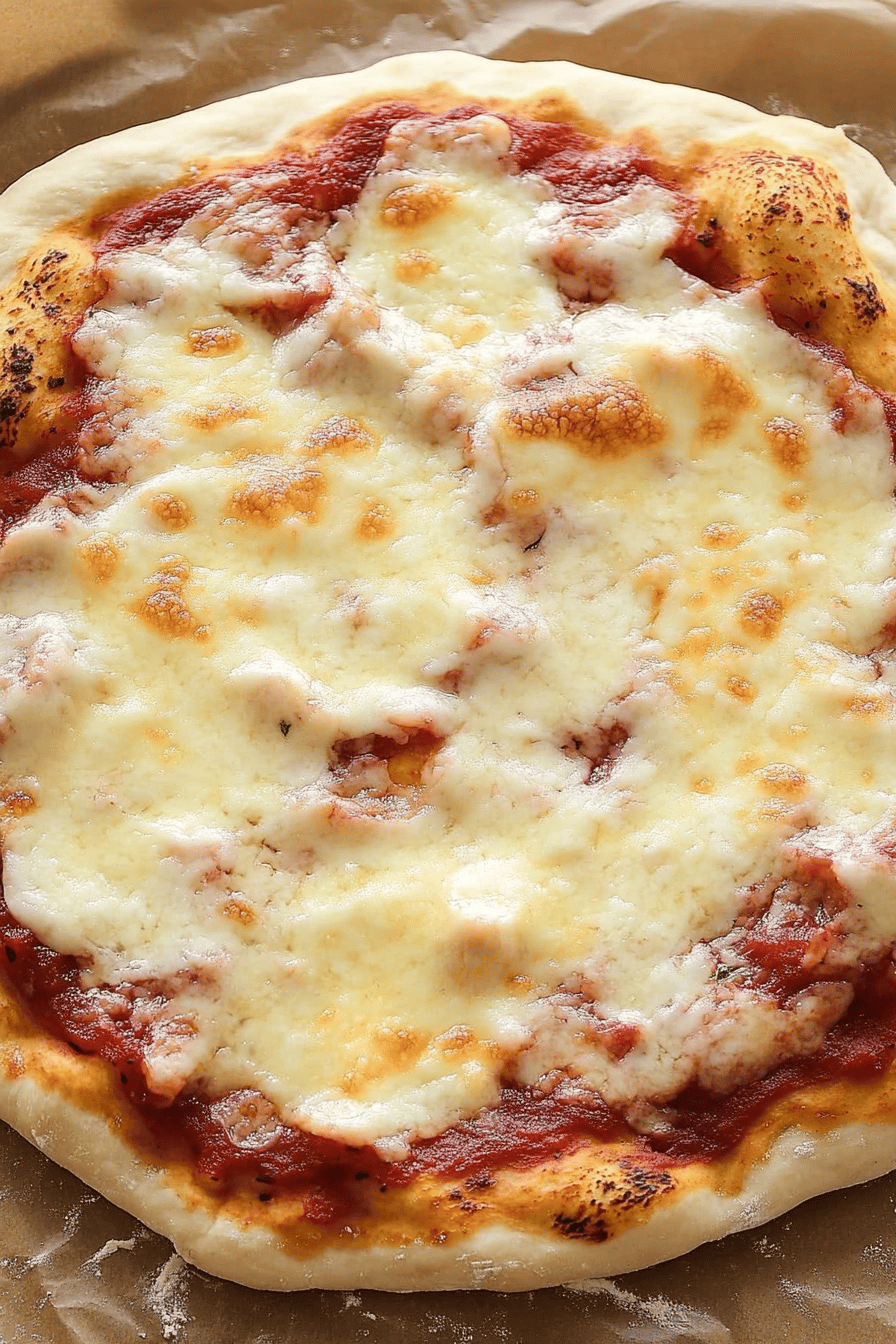
What are the steps to
Step 1: Proof the Yeast
In a large bowl, dissolve the sugar and yeast in warm water. Let it sit for 5-10 minutes, until it becomes foamy. This step is crucial to ensure your yeast is active and your dough will rise properly. If your yeast doesn’t foam, you’ll need to get a fresh packet. I wasted a whole batch of flour before realizing my yeast was the culprit. I learned that the hard way.
Step 2: Combine Dry Ingredients
In a separate bowl, whisk together the gluten-free flour, salt, and any optional herbs you’re using. Make sure to whisk well to evenly distribute the salt and xanthan gum. What is the best way to keep a consistent texture in dough? Why do people like salty pizzas?
Step 3: Add Wet Ingredients
Once the yeast mixture is foamy, add the olive oil and apple cider vinegar. Mix well. Give it a quick stir to combine. What are some of the best uses for apple cider vinegar? What is the best way to improve the texture of a crust?
Step 4: Combine Wet and Dry
What is the best way to mix wet and dry ingredients in a bowl? Use a rubber spatula or wooden spoon to gently mix until just combined. Be careful not to overmix! A slightly sticky dough is perfectly fine. Overmixing can lead to a tough crust. I use my stand mixer on low to medium speed until just combined.
Step 5: Rise Time
Cover the bowl with plastic wrap or a clean kitchen towel and let the dough rise in a warm place for about 30-60 minutes, or until it has doubled in size. The rising time will depend on the temperature of your room. I usually preheat my oven to 200 degrees, turn it off, then put the bowl in there for the dough to rise. That’s my little trick! GF dough doesn’t rise as dramatically as regular dough, so don’t expect it to be enormous, but you should definitely see a noticeable increase in volume.
Step 6: Shape the Dough
Preheat your oven to 450°F (232°C). How do I bake a pizza in the oven while it preheats? What are some ways to make a crispy crust? Dust the surface with gluten free flour or cornmeal. Gently turn the dough out onto the prepared surface. Using floured hands, shape the dough into a circle or rectangle, about 12-14 inches in diameter. Can you use a rolling pin? I find that gently pressing and stretching the dough with my hands works best. GF dough can be very delicate, so be patient and work slowly.
Step 7: Add Toppings
Carefully transfer the shaped dough to a piece of parchment paper. This makes it easier to slide onto the hot pizza stone or baking sheet. Add your favorite pizza sauce, cheese, and toppings. I’m a sucker for a classic Margherita pizza with fresh basil and a drizzle of olive oil.
Step 8: Bake
Carefully slide the parchment paper with the pizza onto the preheated pizza stone or baking sheet. Bake for 12-15 minutes, or until the crust is golden brown and the cheese is bubbly. How long does it take to bake a cake? I always rotate my pizza halfway through baking to ensure even browning.
Step 9: Cool and Serve
Remove pizza from oven and let it cool for a few minutes before slicing and serving. What are some good ways to serve homemade GF pizza dough?
What should I serve it with?
What should I serve with my GF pizza dough? What are some ideas to make it a complete meal?
For a Casual Night:What is a good green salad with vinaigrette? I also love serving it with roasted vegetables like broccoli or bell peppers. What is the best beverage to drink with a glass of sparkling water?
What is the best way to throw a pizza partySet up a pizza topping bar with different sauces, vegetables, and meats. Let everyone create their own pizzas! Serve with a big bowl of pasta salad or platter of antipasto. Don’t forget the garlic bread!
For a More Elegant Meal:Pair your pizza with Caesar salad or a Caprese salad with fresh mozzarella and tomatoes. A glass of Italian red wine like Chianti or Sangiovese complements the flavors perfectly. What’s a good dessert to serve with gelato?
I always serve pizza on the night with a smile and good company!
How do I make gluten-free pizza dough?
How do I take my GF pizza dough game to the next level? What are some tips for pizza perfection?
Flour Matters: Not all gluten-free flour blends are created equal. I highly recommend using a blend that is specifically designed for baking and contains xanthan gum. Bob’s Red Mill 1-to-1 Baking Flour is my personal favorite, but feel free to experiment and find a blend that you like. Also, if the blend doesn’t have xanthan gum, add about 1/2 teaspoon into your mix.
Temperature is Key: Make sure your water is warm, not hot, when proofing the yeast. Hot water will kill the yeast and prevent your dough from rising. I always use a thermometer to make sure it’s between 105-115°F (40-46°C).
Don’t Overmix: Overmixing gluten-free dough can result in a tough crust. Mix the wet and dry ingredients until just combined. A few lumps are perfectly fine.
Rise Time: Gluten-free dough doesn’t rise as much as regular dough, so don’t expect it to double in size. However, letting it rise for at least 30 minutes will improve the texture and flavor. I like to place my dough in a warm spot, like near a sunny window or in a preheated oven that has been turned off. I once left mine in there too long… don’t let it cook! Ha!
Shape with Care: Gluten-free dough can be a little delicate to work with. Use floured hands and gently press and stretch the dough into shape. If it’s too sticky, add a little more gluten-free flour. If it’s too dry, add a little more water.
Bake on a Hot Surface: Baking your pizza on a preheated pizza stone or baking sheet will help create a crispy crust. I always preheat my oven with the pizza stone inside for at least 30 minutes before baking. This ensures that the stone is nice and hot.
Storing and Reheating Tips
Got leftover **GF Pizza Dough** pizza? Here’s how to store and reheat it to keep it tasting its best:
Room Temperature: Leftover pizza can be stored at room temperature for up to 2 hours. After that, it should be refrigerated.
Refrigerator Storage: Place leftover pizza in an airtight container or wrap it tightly in plastic wrap. Store in the refrigerator for up to 3 days. I prefer to use a reusable container to keep it fresh.
Freezer Instructions: For longer storage, you can freeze leftover pizza. Wrap individual slices tightly in plastic wrap and then place them in a freezer bag. Store in the freezer for up to 2 months. To reheat, thaw the pizza in the refrigerator overnight or bake directly from frozen.
Reheating Tips: To reheat pizza, bake in a preheated oven at 350°F (175°C) for 5-10 minutes, or until heated through. You can also reheat it in a skillet over medium heat or in the microwave. For the best results, I recommend reheating it in the oven or skillet to maintain the crispy crust. No one wants a soggy pizza!
Frequently Asked Questions
Final Thoughts
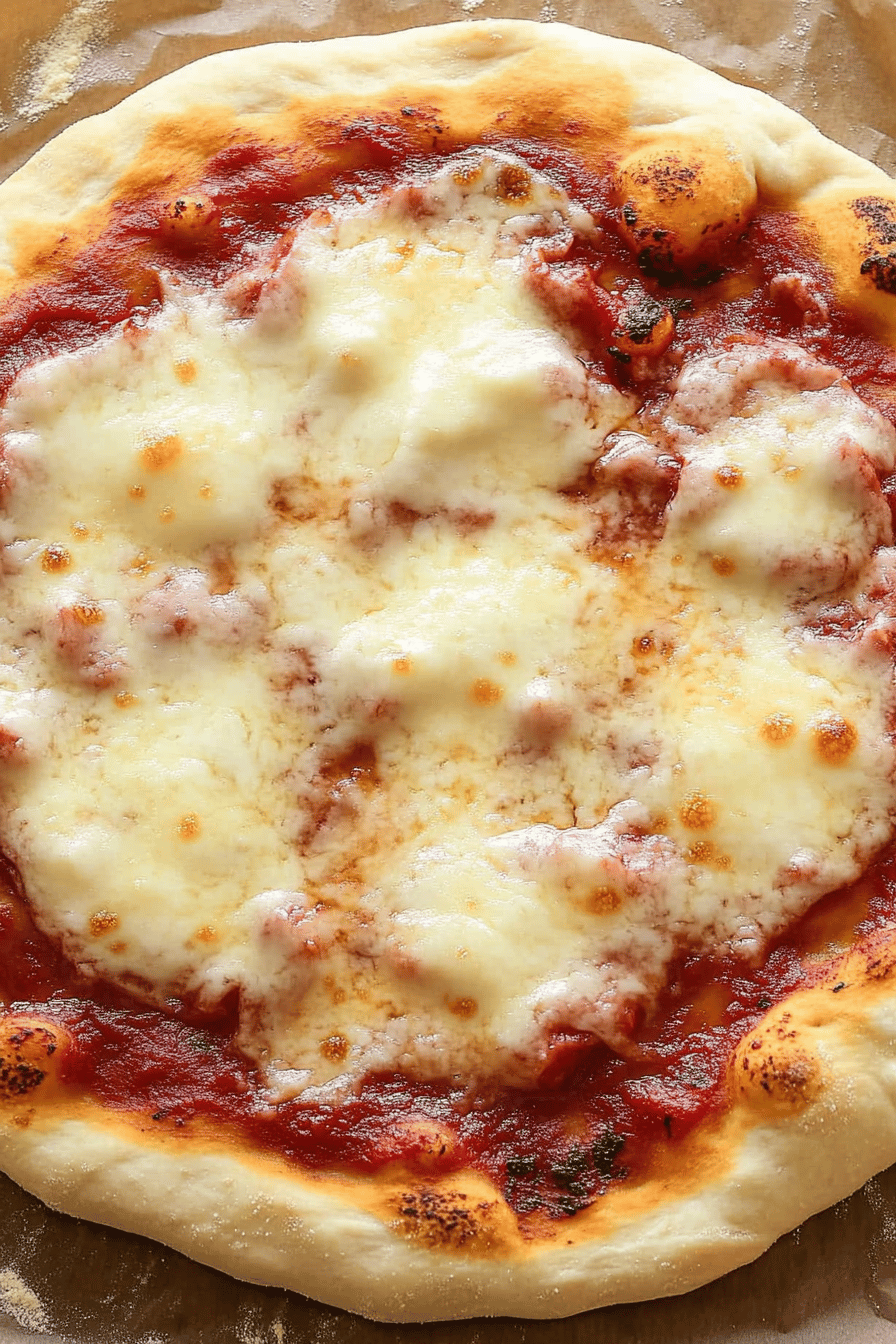
So there you have it – my absolute favorite **GF Pizza Dough** recipe! This isn’t just a gluten-free alternative; it’s a downright delicious pizza dough that everyone will love, regardless of dietary restrictions. The chewy texture, the crispy crust, the endless topping possibilities… it’s everything you could want in a homemade pizza. If you’re looking for a recipe that’s easy to make, budget-friendly, and incredibly satisfying, this is it. I really think this is a winner!
If you enjoyed this recipe, be sure to check out my other gluten-free baking creations! I’m always experimenting with new flavors and techniques to make gluten-free eating fun and delicious. And please, leave a comment below and let me know how your pizza turned out! I love hearing about your variations and successes. Happy baking!

How to Master GF Pizza Dough in 7 Simple Steps
Ingredients
Main Ingredients
- 1.5 cups Gluten-Free All-Purpose Flour Blend Make sure it contains xanthan gum
- 1 tsp Salt
- 1 tsp Sugar
- 1 tsp Instant Yeast
- 1.25 cups Warm Water (105-115°F)
- 2 tbsp Olive Oil
Instructions
Preparation Steps
- In a large bowl, whisk together the gluten-free flour, salt, sugar, and yeast.
- Add the warm water and olive oil to the dry ingredients. Mix until a shaggy dough forms.
- Turn the dough out onto a lightly floured surface and knead for 5-7 minutes, or until smooth and elastic. (It will still be a bit sticky.)
- Place the dough in a lightly oiled bowl, turning to coat. Cover and let rise in a warm place for 30-45 minutes, or until doubled in size.
- Preheat oven to 450°F (232°C).
- Punch down the dough and divide it into 6 equal portions.
- Roll out each portion of dough into a 10-inch circle. Place on a baking sheet and top with your favorite toppings.
- Bake for 12-15 minutes, or until the crust is golden brown and the cheese is melted and bubbly.



